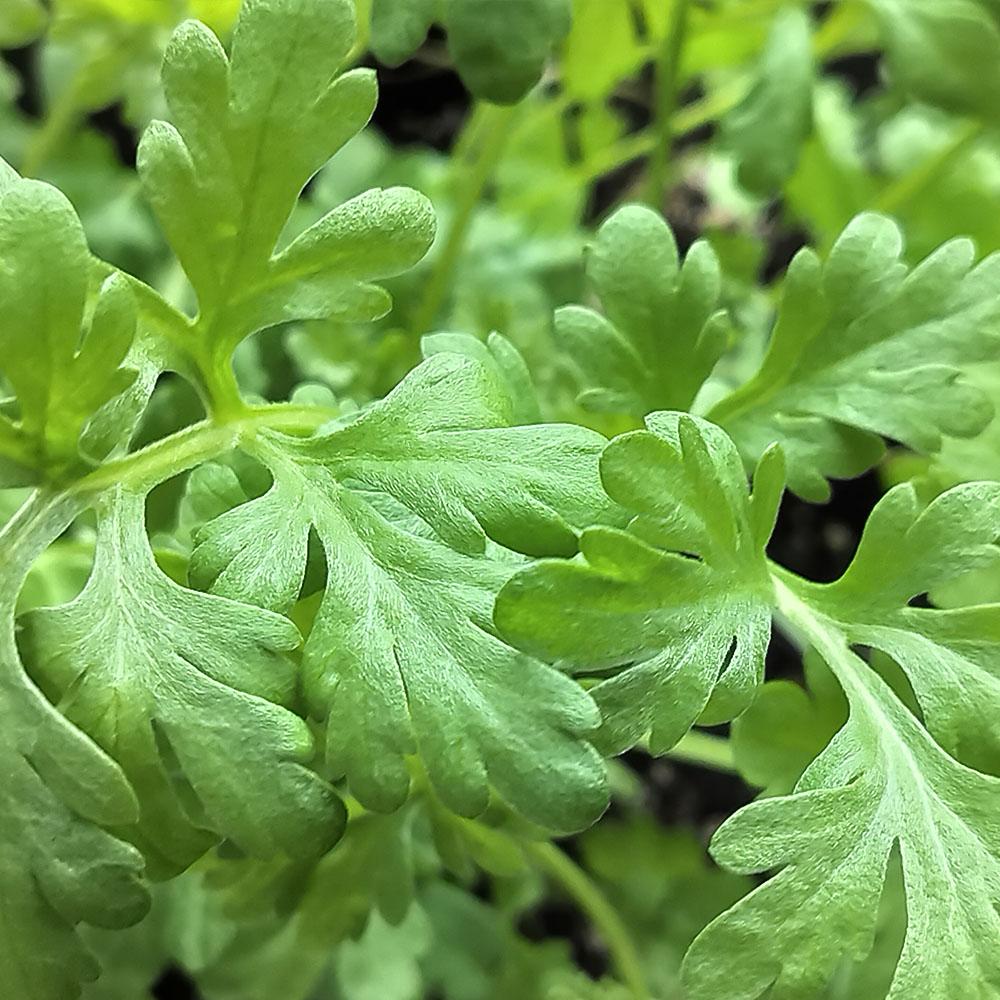No products in the cart.

1. Recipes for Traditional Herbal Preparations
Wormwood has been used for centuries in different forms, including teas, tinctures, absinthes and extracts. I’ve come up with a few ideas for experiments and tests that you can try out on your own.
Nota bene: If you have a serious malady, do consult a doctor. No amount of wormwood can cure severe illnesses and remember that modern medicine is a gift that was not available to many of the recipe-makers and healers of yore.
⧰ Wormwood Tea ⧰
(This produces an infusion)
Primarily used for digestion, appetite stimulation, and parasite cleansing.
Instructions:
- 1 teaspoon of dried wormwood leaves (usually 3 days is sufficient but make sure to dry them away from the sun)
- 1 cup of hot water (not boiling, around 90°C/194°F)
- Steep for 5-10 minutes (longer steeping = more bitterness)
- Strain and drink before meals to aid digestion
⚠️ Do not drink for more than two weeks straight due to the potential toxicity of thujone contained in the leaves.
⧰ Wormwood Tincture ⧰
(This produces a more potent extract)
It is said that it was used for digestive and liver health, or as an antiparasitic remedy. But it is also an alcoholic beverage, so do take that into account as you proceed.
Instructions:
- Fill a glass jar halfway with dried wormwood (again 3 days should be sufficient)
- Cover completely with high-proof alcohol (vodka or brandy will do the trick)
- Let it steep in a dark place for 2-4 weeks, shaking occasionally
- Strain and store in a dark glass bottle
💧 Dosage: 1-2 ml (20-40 drops) before meals
If any type of mould appears – toss it
If any type of unusual smell appears – toss it
The drink is bitter so do not try to drink more than what is recommended. And again, this is an alcoholic beverage – use caution and common sense.
⧰ Wormwood Oil ⧰
(This is for External Use ONLY)
- Add to an ointments for wound healing and pain relief
- Add to water to repel fleas, moths, and mosquitoes (can also be diluted in a carrier oil)
2. A brief history of Wormwood in the Spirit World
Wormwood’s most famous use is in absinthe, a strong, green alcoholic drink from the 19th century.
🔹 Absinthe: The “Green Fairy”
- The drink was made from a combination of wormwood, anise, and fennel
- It was popular in France, Switzerland, and the Bohemian arts scene
- It was banned in the early 1900s largely due to concerns about thujone’s psychoactive effects – this was misplaced as modern research seems to indicate that the levels were much too low for the thujone to trigger hallucinations.
- Today, absinthe is legal, but thujone levels are strictly regulated
🔹 Traditional Absinthe Ritual
- Pour 1 ounce of absinthe into a glass
- Place a sugar cube on a slotted absinthe spoon
- Slowly drip ice-cold water over the sugar cube (diluting 3-5 parts water to 1 part absinthe)
- The drink turns cloudy due to the oils from anise & fennel dispersing – apparently this is called the Louche Effect or Ouzo Effect (this same effect can be seen when you add water to Pastis)
- Sip slowly and enjoy the herbal complexity!
